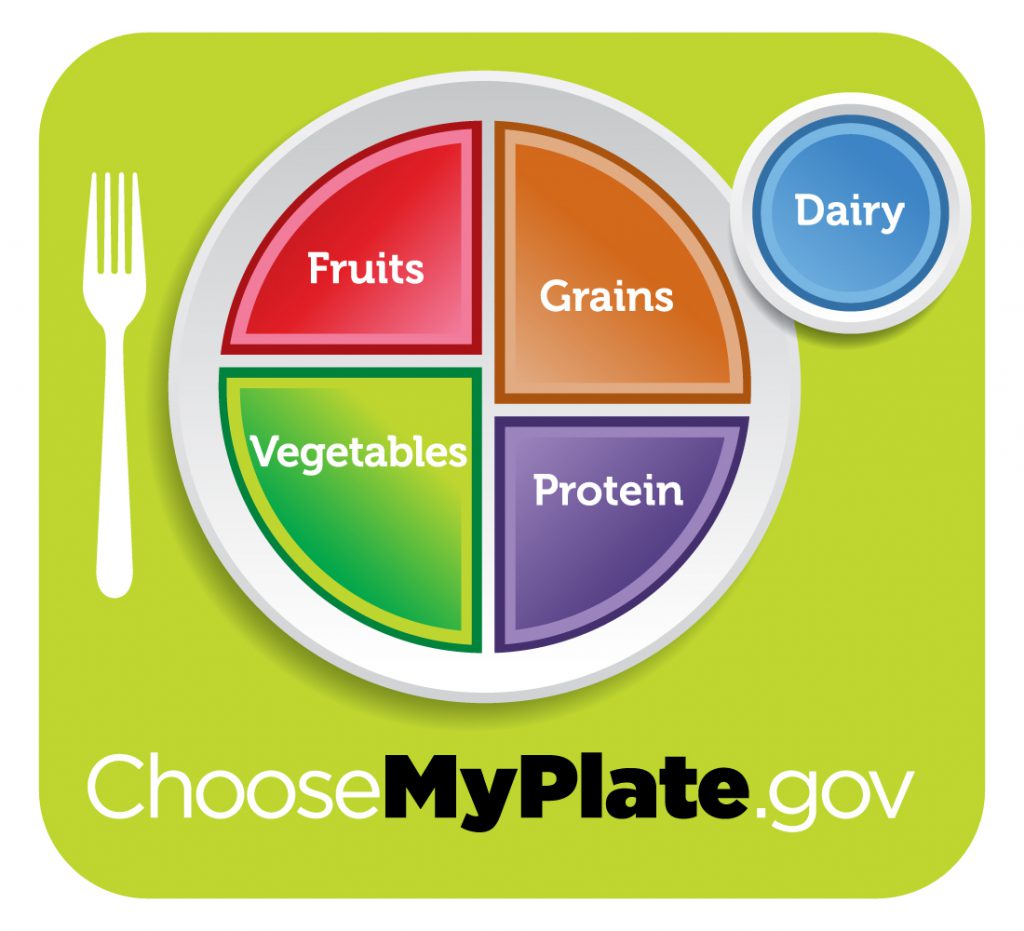
Things to consider when trying to achieve a healthy diet.
The crowd quiets to a dull roar as the smoke clears, and a spotlight descends on a lone performer. The performer quickly curtseys and begins. They reach for a porcelain plate, perch its underside lip on a pole and begin whirling with increasing ferocity. Soon, the plate is spinning at high speeds, perfectly balanced on the end of the thin pole. Moving slowly with eyes above, the performer reaches for more: two plates for each hand! Three! Four! The crowd roars as the performer nearly loses their balance, anticipating the moment where the plates come careening down into a pile of rubble. Anxious, spectators perch on the edge of their seats to peer at the face of the performer. Lo and behold, a familiar face: it’s you!
Every day we attempt a plate-balancing act, albeit a bit different than the one described above: maintaining a healthy diet. Balancing our family’s plates with the right proteins, carbs, and veggies can feel like a daunting or even impossible task without proper practice. Below are some considerations everyone should take when trying to maintain the proper balance, so we all don’t come crashing down into unhealthy lifestyles!
Portion and proportion
The food pyramid was created to understand healthy proportions of various food groups in a diet. Unfortunately, a pyramid isn’t the best shape for explaining ratios, so the food pyramid went through a few makeovers over the years. In its current incarnation, the food pyramid is known as MyPlate, a dinner plate-shaped guide to understanding a balanced diet. But the challenge doesn’t end there. You could eat a totally balanced diet with the proper ratios of carbs to protein to veggies, but if you stack your plate a mile high or eat too small a meal to satisfy your needs, the end result could still be unhealthy for you. You’ve got to remember both food group balance and overall intake to achieve a healthy diet.

For more information on Myplate, visit https://www.choosemyplate.gov/
Think big picture
One bad meal is not going to undo all your hard work, and one good meal is not going to undo a whole day of unhealthy eating. Health is a cumulative experience. It’s a marathon, not a sprint. Think of how your meals relate to each other. Looking back to the original plate-spinning analogy, you’ve got to think carefully and consider the other plates you’ve already got spinning before you grab another if you want to be successful.
Convenience
Convenience has been a constant hurdle in the lives of busy people trying to maintain a healthy diet. Now it’s different. There are a lot of good, convenient options at your local grocery store that just need to be microwaved, like minute brown rice or frozen veggies. Even some fast-food restaurants now have healthier options on the menu if you’re in a rush.
Every body is unique
Some healthy foods may not agree with your body. There is no true “one size fits all” diet, but there are some general guidelines like MyPlate. Your body is an engine, so try out different fuels to see what makes your body run best. Maybe the proteins you’re eating make you run slow and sluggish, try a plant-based protein and see if that gives you a few extra horsepower. If excess dairy makes your engine, uh, “backfire” too frequently, look for other options to find your calcium and vitamin D.
Framing your decisions
Look at healthy eating as what you’re choosing to eat, not what you can’t have. It may just seem like wordplay, but researchers have actually found that mental framing may be a factor in making healthy food decisions. The mind is more powerful than the body, and a healthy mind makes for a healthier body!
